By Darren Johnson
Campus News
I intended to write a big followup to last month’s cover story on how the “free tuition” Excelsior Scholarship played out in New York this fall, as SUNY had expected to have final numbers by mid-September. But as of press time, they haven’t come. I put out a query to numerous community colleges to get individual stats; some had them, while others were waiting for SUNY’s lead. CUNY also hasn’t sent out final stats. Surely, they will be in by the next issue.
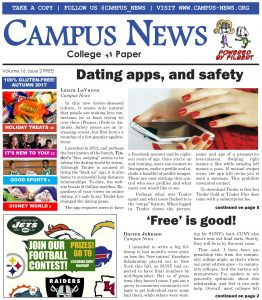
That said, I have been approaching this from the community college angle, as that’s where our print edition goes – to community colleges. And the various administrators I’ve spoken to are generally optimistic about this scholarship, and feel it can only help. Overall, most colleges felt that New York’s approval of the scholarship came a bit too late to dramatically affect enrollment, but next year, as the scholarship becomes more wildly known and the income threshold for eligibility increases to $110,000 per year, more students will take advantage of it.
“The big upside is it reinforces the state’s commitment to making college as affordable as possible – there’s really no downside to that,” said Jay Quaintance, President of Sullivan County Community College, in a recent interview.
There are some reports that students who qualified for the scholarship decided not to take it after reading all of the requirements (see contract here): A student must stay in state for an equal number of years after graduation, must continue to maintain 30 credits with passing grades and must stay in touch with HESC to prove their residence – else, the scholarship turns into a 10-year loan. Because Excelsior is a last-dollar scholarship – meaning, it also takes into account other aid a student gets and doesn’t go past zeroing out a student’s bill – a student may only get a small amount of money from the program; thus signing the paperwork isn’t worth the potential hassle down the road. One student was reported to have received only $7 from Excelsior; meaning, Pell and Tap covered everything else for him, so, in fact, he did get “free tuition.” The governor’s office estimates that over 50% of New York students attending a SUNY or CUNY full-time got completely free tuition, one way or the next.
It appears that about 23,000 of New York’s SUNY or CUNY bound students qualified for some Excelsior money; 75,000 applied. Some students, though, already got full TAP/Pell, so didn’t need the money and thus don’t count toward the 23,000. Especially community college students; the largest number of Excelsior recipients were at four-year colleges with University at Buffalo, which is in a poorer region where more people earn under the $100,000 threshold, leading the way.
Community colleges had fewer students actually need the scholarships, as the threshold for Tap and Pell is $80,000 a year, and their tuitions are lower than the four-year colleges’. Some administrators worry, though, that the four-year SUNYs may take some students prematurely from the two-year schools because of the price break.
“The way the New York State budget works, it came too late to drive decision-making for many students, but we expect more Excelsior Scholarships next year,” Quaintance said. “The only potential downside may be that it takes away some incentive for students to go to a community college first vs. a four-year [SUNY or CUNY] school.”
Buffalo will have 3500 students receiving some Excelsior money while UAlbany 2700 and Stony Brook University 2400. Meanwhile, a community college, Sullivan, had 40 students qualify. At Fulton Montgomery Community College, 67 students qualified, with the average Excelsior award being close to $1600. Tuition at FMCC is $4200, so that means $2600 was covered by TAP, Pell and other aid first.
Westchester Community College, one of the larger community college systems in the state, did have 1000 apply, but final acceptance numbers were not available at press time.
“Many already have tuition fully covered through Pell Grants and state Tuition Assistance,” said Dr. Belinda S. Miles, WCC president. “We anticipate awareness and interest will grow, especially as income limits increase in the next two years. There is increased importance on financial literacy programs and outreach efforts to make sure students understand how the Excelsior Scholarship works.”
She also sees Excelsior as promising: “Students who have not previously considered college are now doing so. This includes students seeking career and technical programs for middle skills careers in addition to traditional students seeking transfer to four-year colleges.”
This story will be updated here on the Campus News web site, www.cccn.us, as more stats come in. To comment, please post there or email cccn@cccn.us.



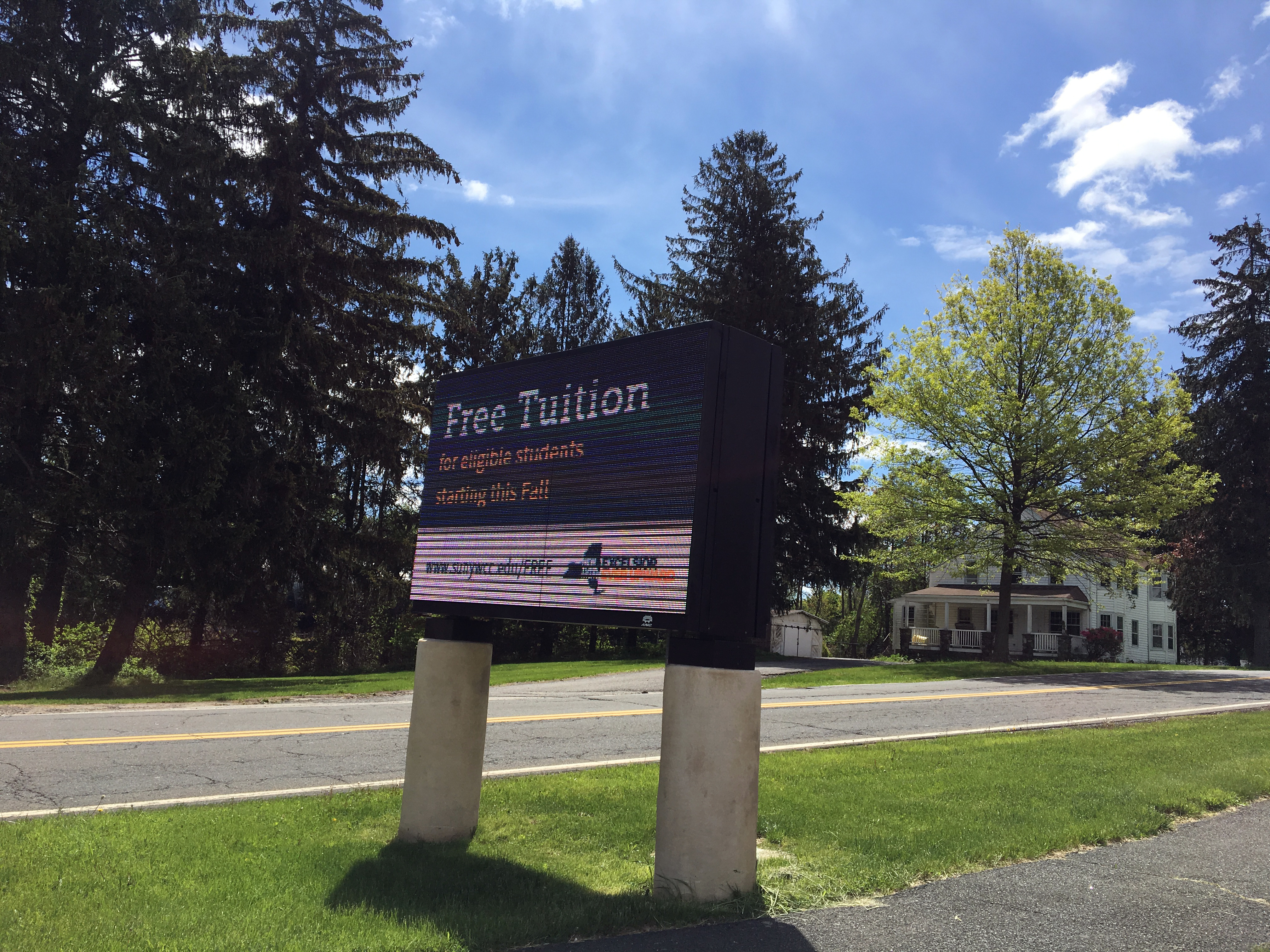
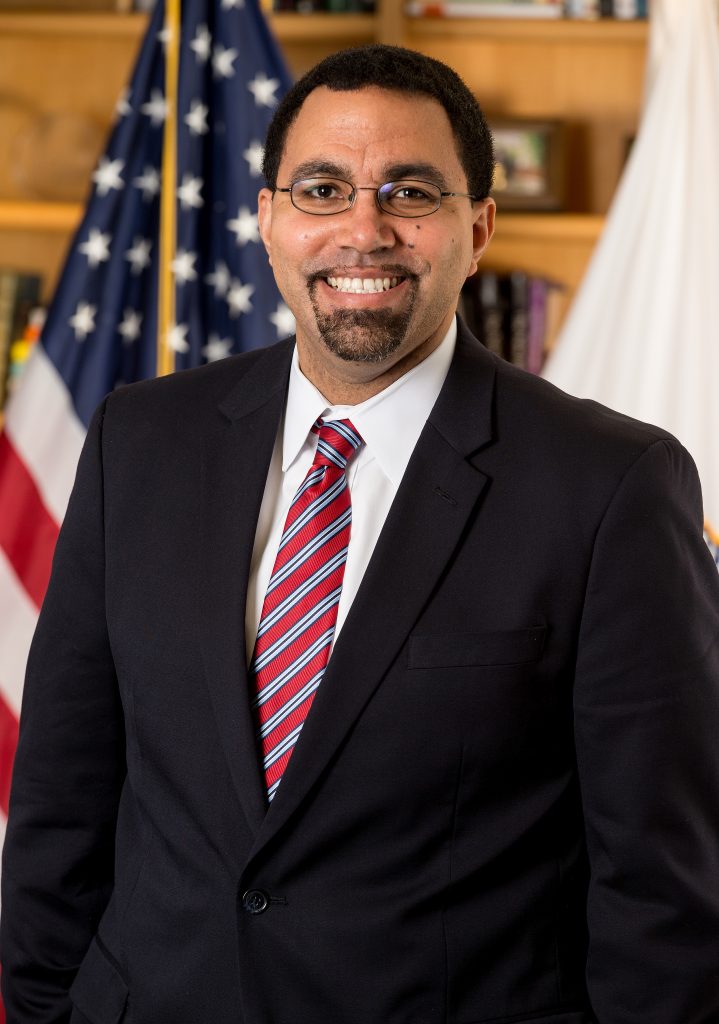
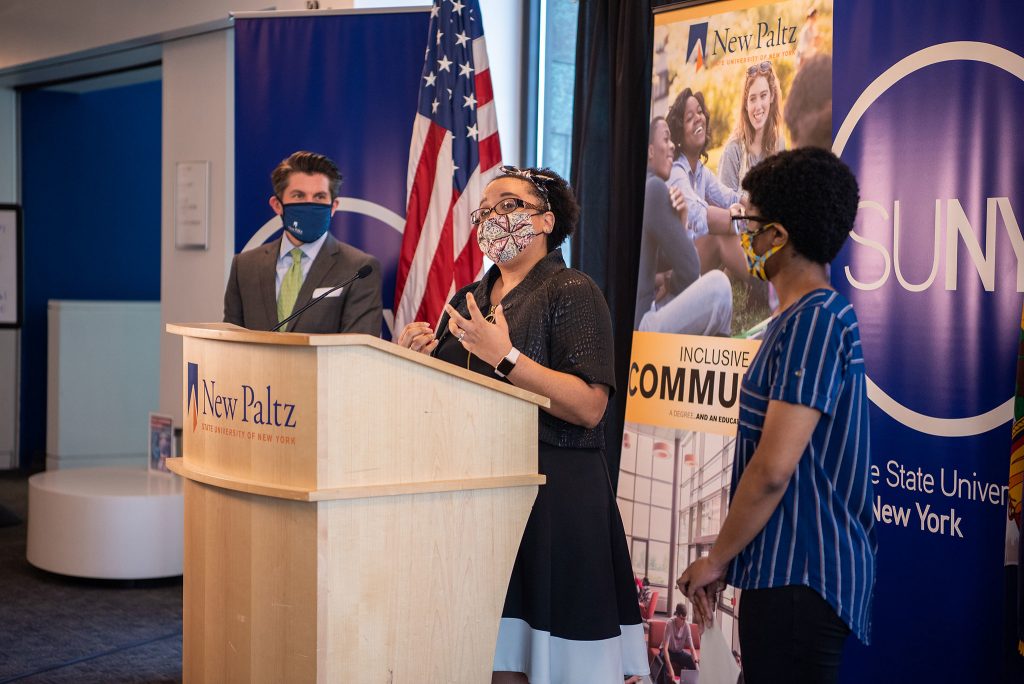
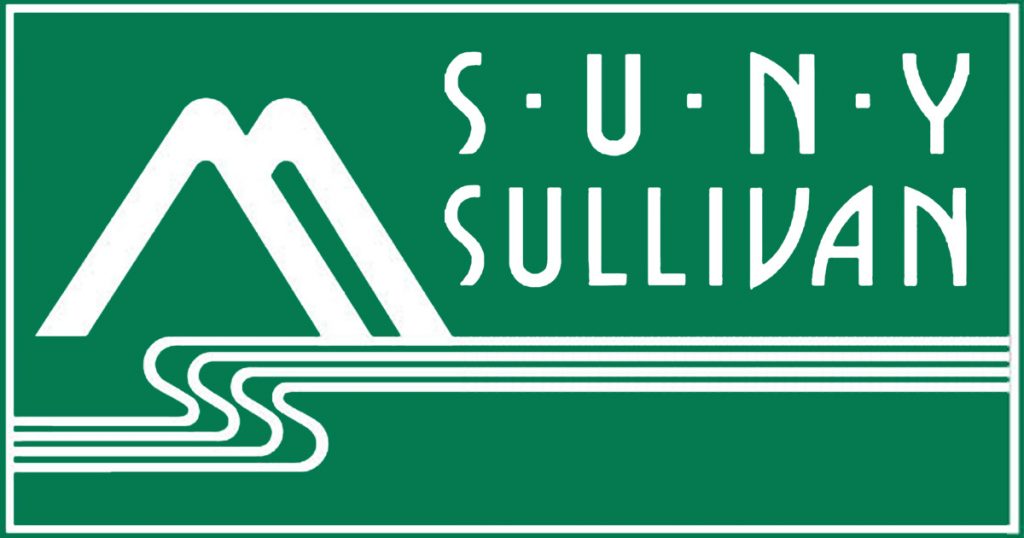

Comments